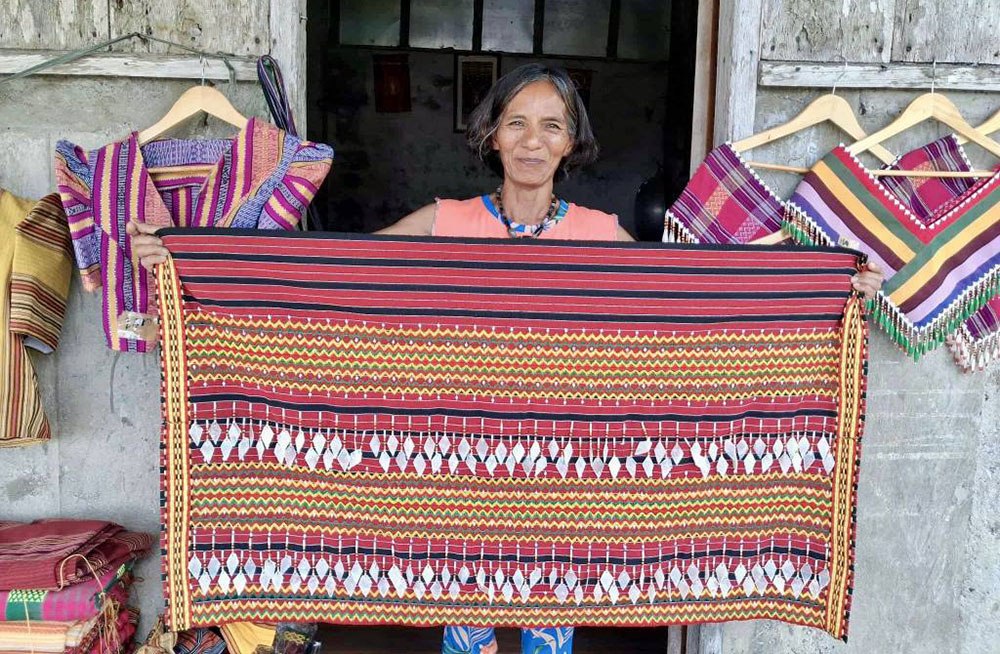
CORDILLERA, Philippines — The Cordillera’s weaving traditions continue to prosper as the journey moves to the province of Kalinga.
At the Mabilong Weavers Village in Lubuagan, the group was warmly welcomed by the local government unit, led by Mayor Joel B. Tagaotao and represented by Mr. Jet-jet James B. Tagaotao, the Municipal Administrator.
Known as the “Weaving Capital of Kalinga,” Mabilong is home to skilled artisans whose intricate designs reflect the history, identity, and pride of their people. Here, participants witnessed how weaving is not only an art form but also a lifeline that sustains families and strengthens community bonds.
The experience was made even more memorable with a slow food lunch at Awichon Village, thoughtfully prepared by the Pasil Slow Food Community.
Each dish served was a reflection of local heritage, showcasing native ingredients and traditional methods that embody the deep connection between food, culture, and the land.
In the afternoon, the team proceeded to Tabuk City, where they met with the Kalinga Indigenous Weavers Association (KINWA Etnika Handicrafts).
The delegation was warmly welcomed by Ms. Florence Ao-wat, founder of KINWA, together with Ms. Geraldine Angnganay from the City Tourism and Cultural Affairs Office. What makes KINWA particularly remarkable is its inclusivity.
The association is composed not only of women weavers but also of persons with disabilities (PWDs) who have found purpose and empowerment through this livelihood.
By opening opportunities for all, KINWA demonstrates how weaving is not only an art form but also a thread that stitches together social inclusion, resilience, and dignity.
As the Cordillera Weaving Communities Tour Circuit approaches its final day, the value of weaving in community life shines even brighter.
Weaving is not only a cultural treasure but also a living tradition that thrives through the partnership of local artisans, tour operators, and the tourism sector.
By integrating weaving into meaningful travel experiences, we help sustain these traditions while creating opportunities for communities to flourish.

This tour is more than a journey through weaving villages—it is a celebration of resilience, creativity, and the enduring threads that bind culture, community, and tourism in the Cordilleras. (DoT-CAR)








